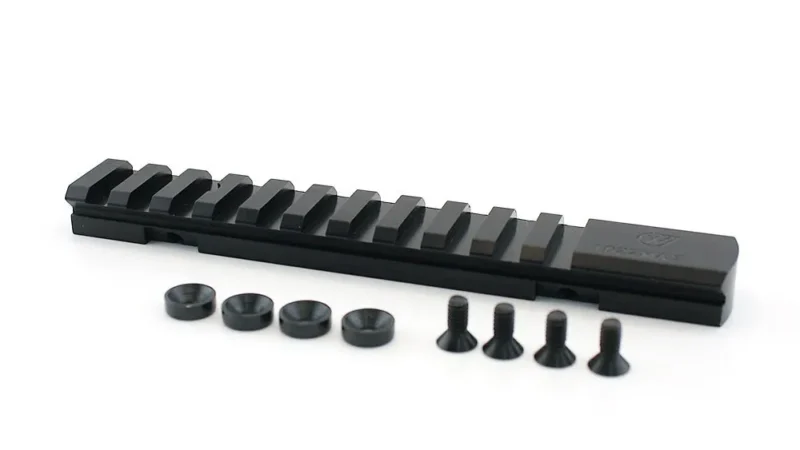CAD Conversion – Common Challenges and Their Solutions
The conversion of computer-aided designs (CAD) to suitable formats is a crucial step in the design and drafting process, especially in this era of technology. The job responsibilities of architects, service consultants, civil engineers, structural engineers, contractors, and interior designers include working on CAD conversions regularly. However, these conversions can be challenging. If handled poorly, they can increase expenses and lead to loss of time and resources.
Importance of CAD Conversions
Technical drawings and other schematics, data, and images are the primary output for professionals like engineers, drafters, and architects. With the advent of technology, they rely highly on the use of CAD tools to draw these images and data. However, these tools not only store heavy 2D and 3D data, but they also are editable; hence they can be tampered with easily.
Finalized blueprints or other technical drawings can be easily stored in the form of a PDF. However, their biggest drawback is that they are unmodifiable.
Therefore, if you are planning on remodeling or renovation, or even just need access to the 3D graphics of an existing structure Arizona Architects, you will need to employ CAD conversion to ensure not just accurate conversion, but also prevent distortion of data. It must be noted, however, that CAD conversion has its own set of challenges
For more information Newsarchy
Challenges Faced During CAD Conversion
Some of the most common challenges faced during CAD conversion include:
- Converting vector graphics
PDF versions often don’t have 3D graphics, and also do not possess any circles or arcs. Only the best software can create quality CAD circles and arcs quickly, and they do not require the recreation of these elements manually, which can be a time-consuming process. The solution, therefore, is high-quality software that reinstates short lines and Bezier curves with true arcs and circles, ensuring minimal to no rework.
- Line types
PDF files have fine print compared to CAD drafts; this can be attributed to their scalability. It is difficult to maintain the width of the lines while executing a CAD conversion, which can affect the dimensions and create distortion of data. Inaccurate conversions also often end up distorting the color and quality of images, which can severely impact the quality of a CAD drawing.
Using top-notch software ensures accurate conversions that maintain the ratios and dimensions of the original drawings. The software should be capable of identifying the correct sequences of dashes and dots to determine the width and lengths.
- Text as strings of characters
PDF files store data as strings of characters, especially text. These strings are allocated a particular position and converting such strings to CAD files can be extremely tedious and can even result in a poor rendition of the file if any of the strings overlap the other. This is why highly accurate conversions are needed for CAD files.
The solution is to use conversion software that has optical character recognition (OCR); this allows for the creation of editable text strings, ensuring the text is rendered correctly.
- Multiple raster files
As mentioned earlier, CAD files take up a lot of data and space due to their ability to contain not just 2D data, but also other forms like vector graphics and 3D data. High-quality files yield high-quality CAD output, which if done using shoddy software results in multiple files taking up a lot of storage. It is impractical to maintain stored copies of so many files. Therefore, investing in top-notch software or choosing CAD conversion services ensures the output is restricted to a single entity can help cut down this resource problem, and ensure you have single mapped raster files.
Due to the levels of sensitivity and accuracy required for CAD conversion, many businesses now opt to outsource their engineering design, drafting, animation, and CAD-related tasks to firms offering professional solutions. This helps them avoid the hassle of converting files and also managing them.
If CAD conversions are performed by an individual or team without accurate knowledge of the process, CAD drafts may be ruined. This is why many professionals consider outsourcing this challenging task to companies offering mechanical engineering services.
Conclusion
From the challenges discussed above, it is evident that effective conversion software is necessary to obtain CAD files that are accurate and can lay a solid foundation for any construction or renovation project. This makes it pertinent for companies to choose the right company to outsource their CAD conversion tasks to and trust the experts to deliver the right results.






